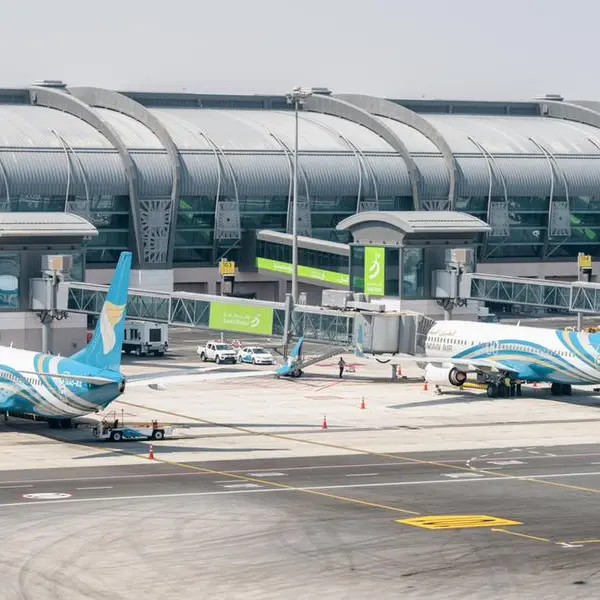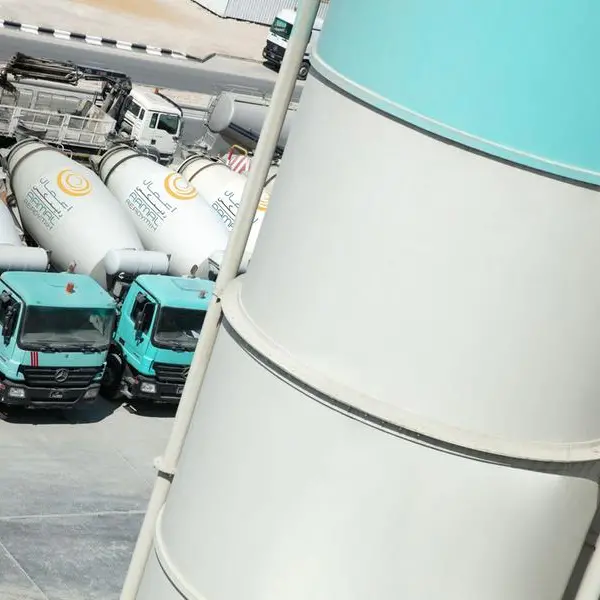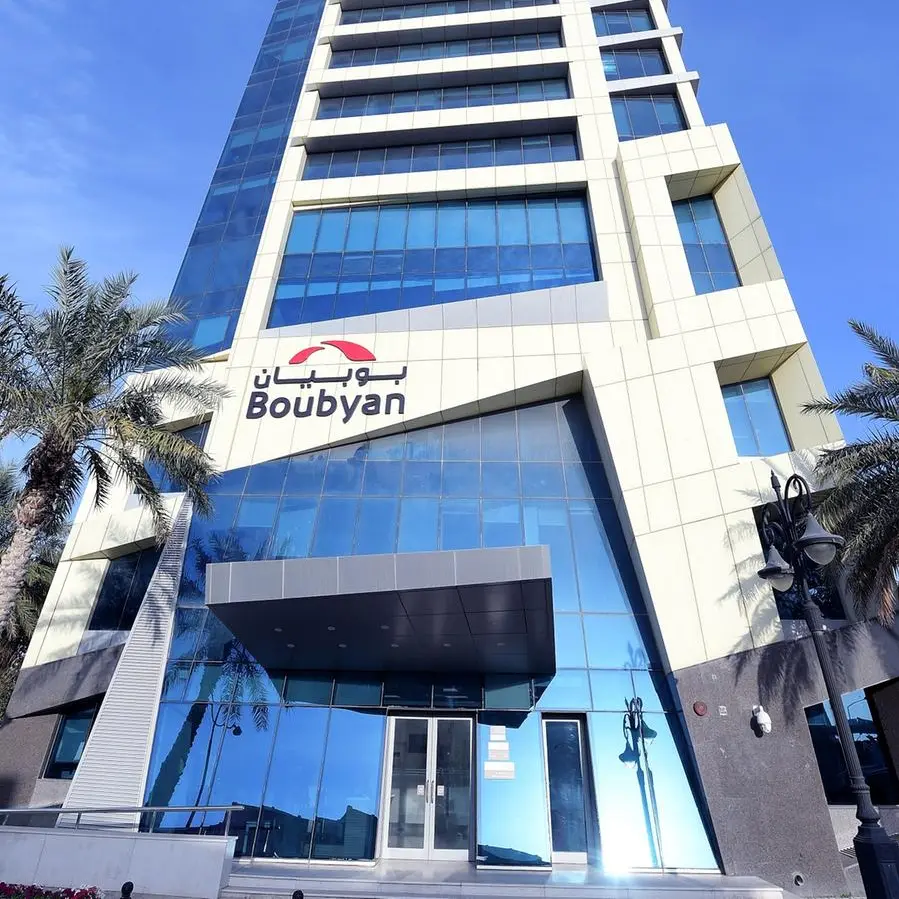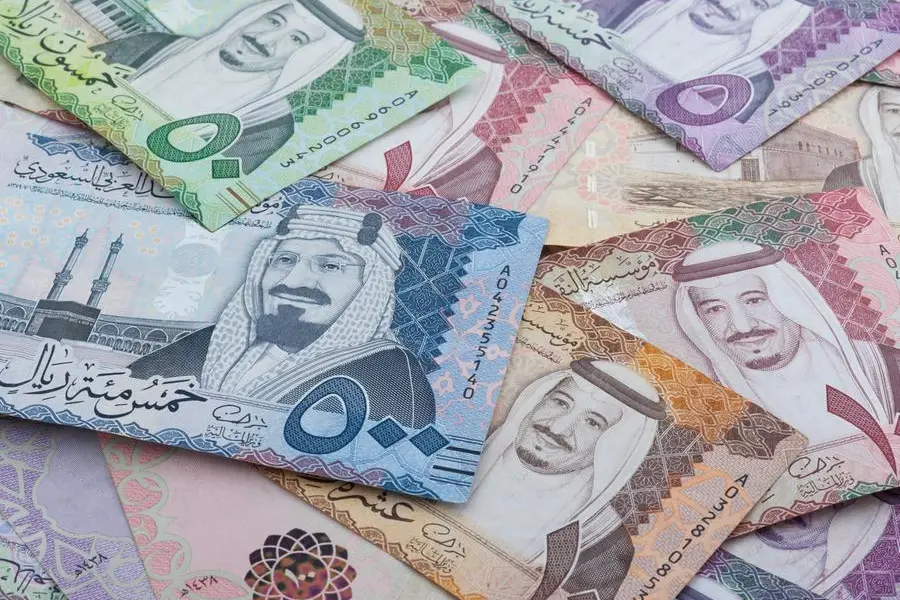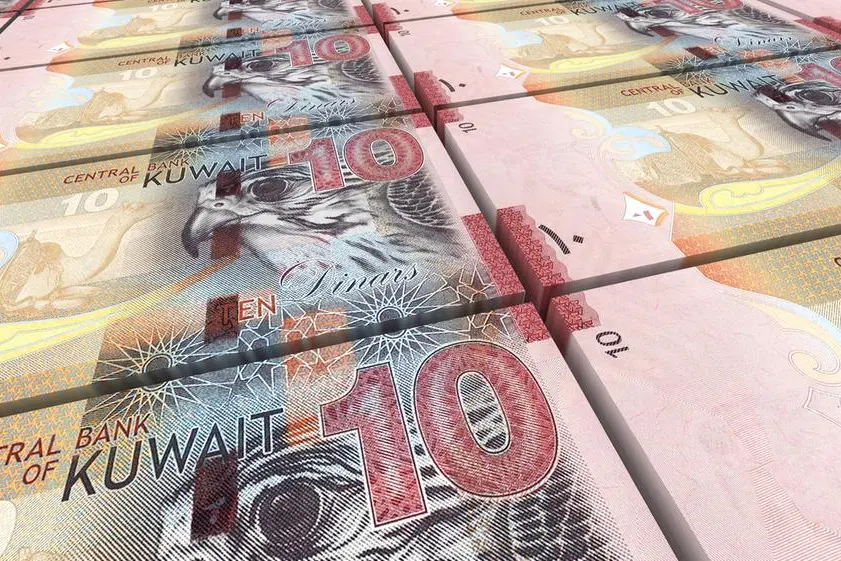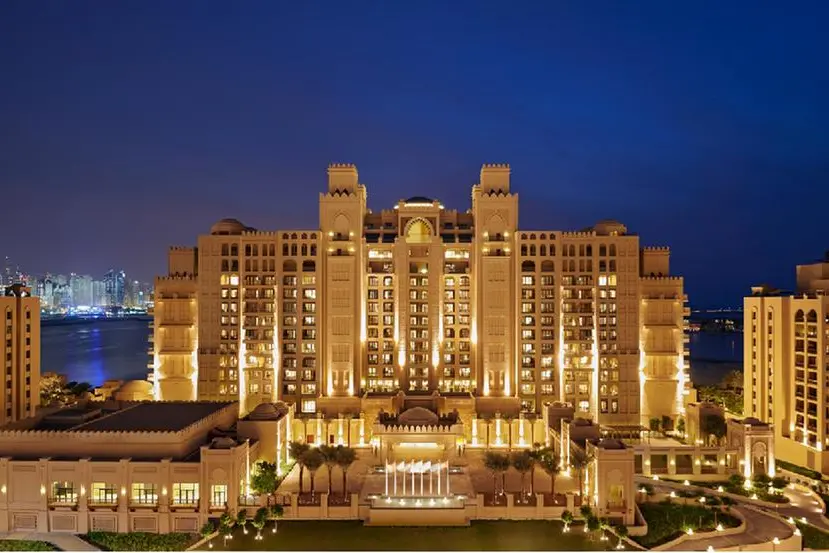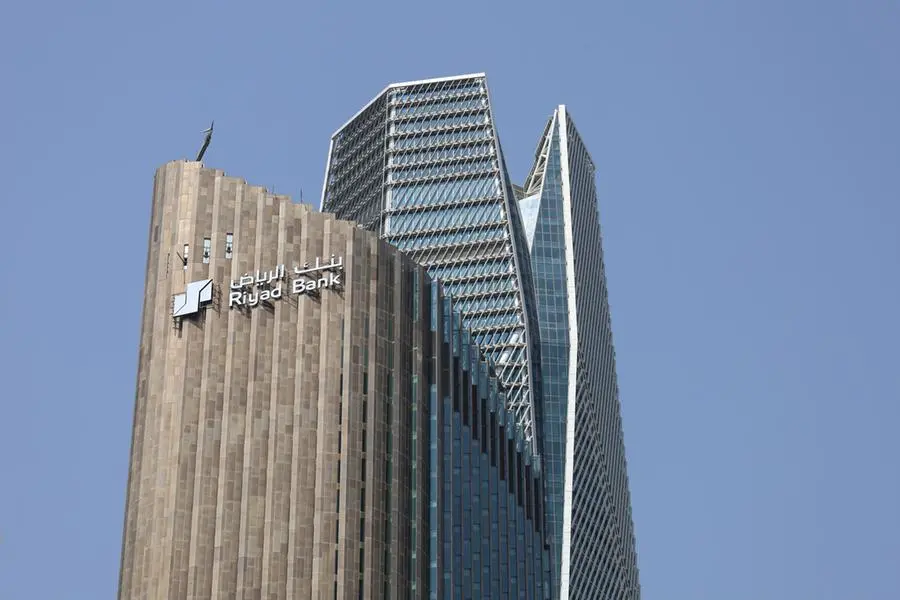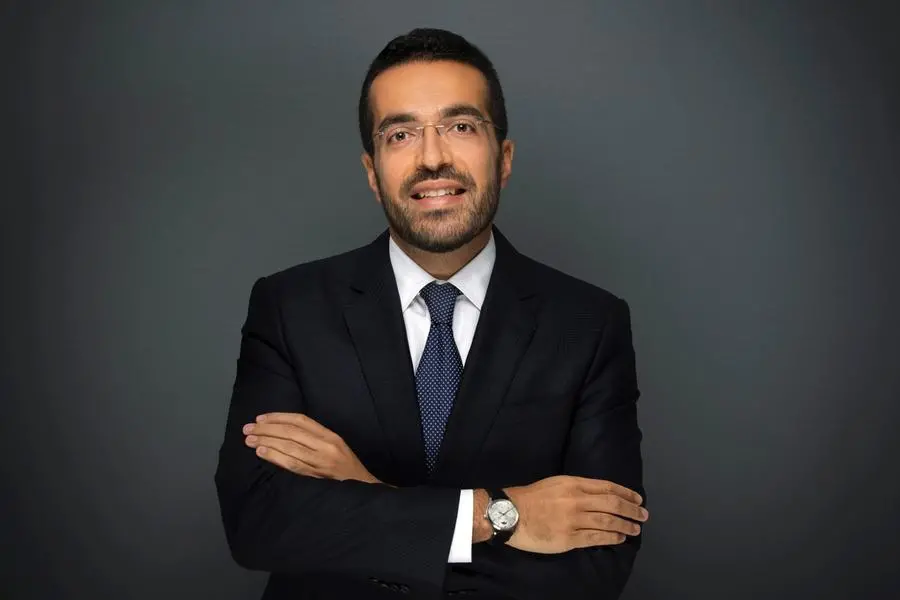RIYADH — Emboldened by the Saudi Vision 2030 initiative, Australia is keen on investing in Saudi Arabia’s mining and healthcare industries to begin with.
The Australian Trade and Investment Commission (Austrade) hosted its annual Australia Unlimited MENA roadshow last March 11-19 and several leading Australian universities, mining, and healthcare companies were represented.
Australia’s dynamic health research facilities and education providers were profiled during the fifth Australia Unlimited MENA 2017 (AU MENA) trade mission, aimed at promoting bilateral trade, investment and cultural ties that exist between Australia and the MENA region.
Major activities took place in UAE and Saudi Arabia, and there were associated programs in Kuwait, Qatar, Oman and Egypt.
During a visit to the Kingdom, Mark Morley, Australia’s Senior Trade and Investment Commissioner, Riyadh said Australia’s mining companies had a lot to offer the MENA region in terms of developing a broad range of projects beyond the energy sector.
“Keeping an eye on the announced target of Saudi vision 2030 in the mining sector to increase the mining sector’s contribution to GDP from SR64 billion to SR97 billion, Austrade is consistently engaging with Saudi stakeholders, such as Ma’aden, Ministry of Energy, Industry, Minerals, and Industrial clusters, to identify existing Saudi opportunities and match them with Australian capabilities. Austrade has introduced the Australian Mining Technology Access Program (MTAP) to Saudi Mining Authorities,” he said.
Asked whether Australian mining companies got the right competencies at the design table, Morley said “this refers to project governance and best practices. Australia is a world leader in this area thanks to a combination of a long history of implementing strong environmental and safety regulations as well as adopting voluntary codes of practice and standards.”
He further said “the Australian Mining Industry has developed a range of initiatives and protocols that cover all stages of the mining process, from initial exploration to mine rehabilitation and closure. These initiatives are further supported and enhanced by the leading Practice sustainable development Program in mining initiative, which was launched in 2006 by the Australian government and the mining industry. The program established best-practice procedures that encompass all stages of the mining process.”
On the best management practices for mining operations, he recommends that “the best practice in mining protects the environment and reduces the impacts of mining, and adheres to the principles of sustainable development. It is identified by bench-marking the performance of companies in an industry and linked to continual improvement. Improvements in technology or in industry standards usually call for further improvement.”
Asked to identify particular minerals in Saudi Arabia that the Australian mining companies would prefer to explore, mine, develop and produce, Morley said “Australia’s mining industry operates in some of the most remote and harsh conditions found anywhere in the world which are similar to those found in Saudi Arabia. Australia is the world’s leading producer of bauxite, rutile, zircon and lithium; the second largest producer of gold, iron ore, lead, alumina and ilmenite; the third largest producer of manganese, uranium and zinc; the fourth largest producer of black coal, diamonds, nickel and silver; and the fifth largest producer of brown coal and copper.”
On healthcare, Morley said over the past decade, Australia’s health and medical industry has grown dramatically in size and reputation for its world leading technology, innovation, high professional skills, advanced research, development and robust health system. It is characterized by a small number of global multinational companies (approximately 20 percent of the industry) and a large number of small and medium-sized enterprises (80 percent of the industry).
Asked on what makes it excel, he said “the sector incorporates different players, such as academia, research, vocational training and industry. The sector is also supported by Australia›s entrepreneurial and globally competitive Precision Engineering Industry (PEI) which has critical links to Australia›s manufacturing industries.”
He explains that Australia is best known for its medical and surgical equipment and devices, health IT, health infrastructure and services, and clinical trials.
On the current healthcare system in Saudi Arabia, he recommends improvement on building capacity, upskilling current employees, encouraging young Saudis to work in the sector, as well as encouraging research.
Morley noted that the Saudi healthcare industry “is well supported by the government and attracts major budget allocation,” underlining that the “Vision 2030 is planning to develop the sector and invite the private sector to participate in offering the healthcare service.”
He disclosed that the Australian healthcare companies are interested to collaborate in the Kingdom’s healthcare turnkey projects, hospital management, quality assurance, health informatics, generic medicine supply chain and healthcare staff training.
Moreover, he said the Saudi healthcare system is by far the biggest in the region in terms of coverage and number of beds. “However, it is continuously challenged by the population growth rate and the need to increase bed capacity. The sector attracts a major allocation of the Saudi annual budget, which reflects the importance of the sector as well as the government’s commitment to providing a high quality healthcare service. The Saudi Vision 2030 invites the private sector to partner with the government to better manage the sector, which will result in wider coverage and a better quality management.”
© The Saudi Gazette 2017

